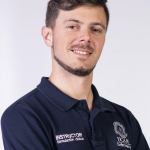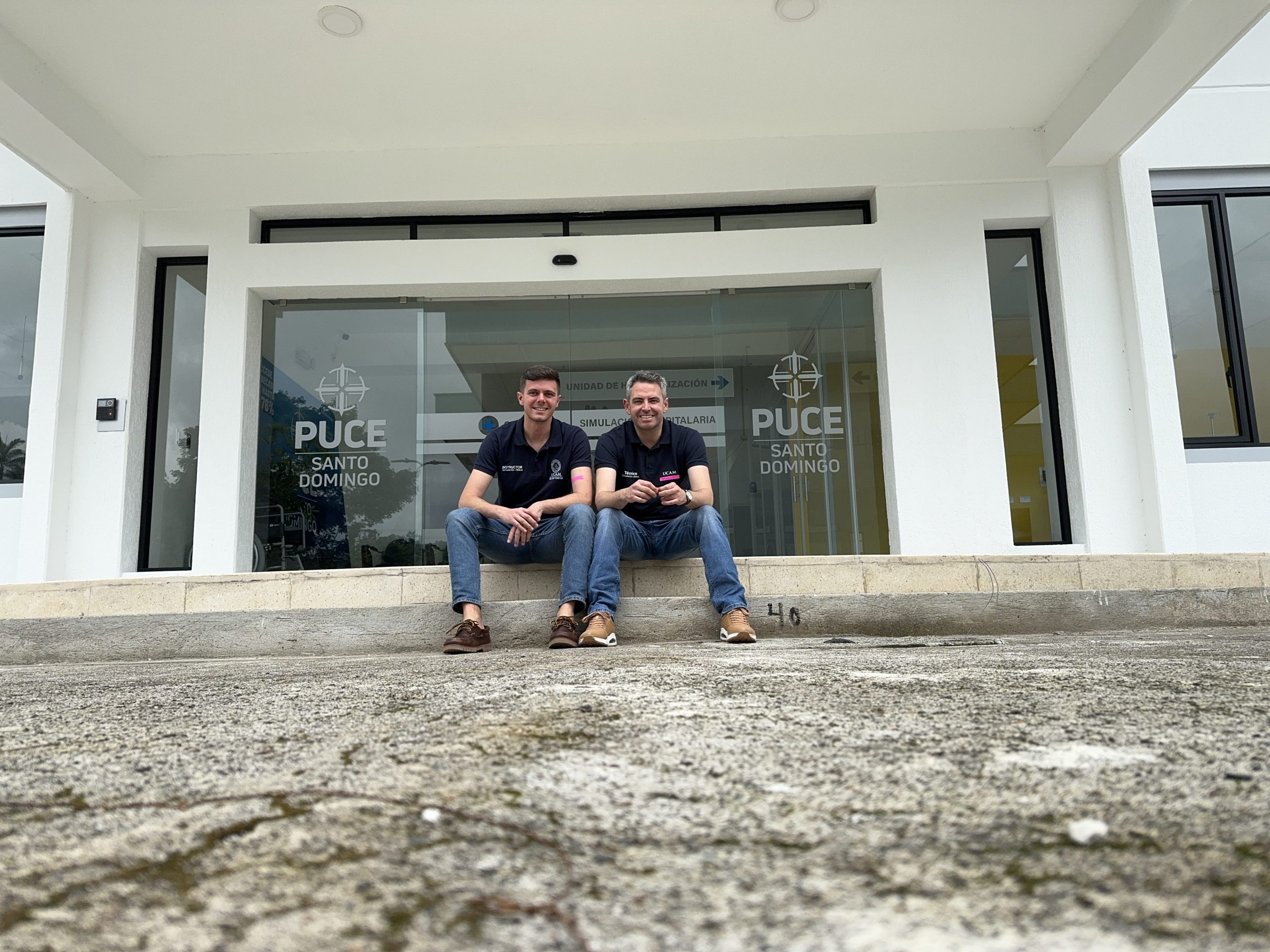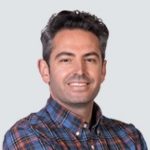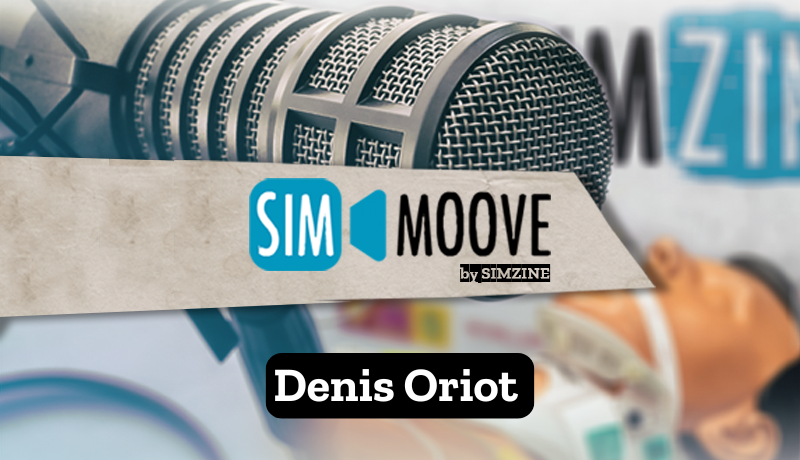The rapid technological evolution, especially in AI and VR, transforms Clinical Simulation, demanding methodological adaptation. The Catholic University of Murcia collaborated with PUCE in Santo Domingo for an international course in Clinical Simulation, training 25 instructors. The key: not forgetting the basics of simulation and adapting to the resources available.
We are at a historic moment in time when technology is advancing very rapidly. The development of Artificial Intelligence and Virtual Reality also reaches Clinical Simulation, proposing advances and new resources, forcing us to face the need for methodological adaptation. In this continuously evolving panorama, are we sure that we are not forgetting the origin of simulation?
The project
In an effort to promote excellence in international education in Health Science, the Catholic University of Murcia UCAM (Spain) collaborated with the Pontificia Universidad Católica de Ecuador PUCE in Santo Domingo (Ecuador) in the realisation of an international interprofessional training course in Clinical Simulation. This initiative took place in the new simulation centre of the PUCE Santo Domingo from 1 to 5 April 2024. Two UCAM members took part in the expedition: simulation professor and instructor Giulio Fenzi and simulation technician Vicente Martínez Ruíz. The course was a milestone in the training of 25 instructors from different careers (Nursing, Medicine, Physiotherapy and Nutrition) and from different locations (Santo Domingo, Quito, Ibarra, Esmeralda, Manabí, Amazonas and Ambato). The course represented an invaluable opportunity for participants to expand their knowledge of the Clinical Simulation learning methodology, from its fundamentals to its practical application in the context of health sciences education.
The first steps
The collaboration between PUCE University and UCAM was fundamental for the realisation of this event. The relationship started in 2022 with the participation of some PUCE professors in the simulation classes held in the UCAM Nursing Degree. The professors were able to touch with their hands the development of the simulation sessions carried out in the Murcian university, participating in its dynamics as active members and actors in the different cases. As a result of this visit, a desire emerged on the part of the University of Ecuador to invest in simulation. This desire began to be realised when, in the following year, the construction of the first simulation centre at PUCE Santo Domingo began.
The course
The preparation, construction and adaptation of the new simulation centre underlined the need to train teachers and future instructors to make optimal use of the new resources. For this reason, the international course in Clinical Simulation was devised and conducted. During the five days of intensive training, participants acquired skills ranging from understanding the history of clinical simulation to becoming familiar with its methodology. They were also confronted with different learning methods involved, including the handling of virtual reality and technical aspects related to simulation. This comprehensive approach allowed instructors to explore various pedagogical strategies that can be applied to enhance the educational experience of students in the healthcare field.
Methodology and the facilitator
One of the highlights of the course was the attention given to the role of the facilitator, the instructor in charge of guiding and facilitating the group’s learning during the clinical simulation sessions. The importance of developing human, effective communication, teamwork and problem-solving skills to perform this role optimally was emphasised.
In addition, the Methodology of Self-Learning in Simulated Environments (MAES©), developed at UCAM by the AECRESI research group (Learning in Real and Simulated Clinical Environments), was presented and applied. MAES© allows to put the focus on students, increasing intrinsic motivation and changing the paradigm of traditional teaching. In recent years it has been the cornerstone of learning with clinical simulation in the UCAM Nursing degree. Recently it has also been applied in interprofessional simulation training in undergraduate and postgraduate courses and in real international clinical settings. This methodology, based on constant observation, analysis and feedback from students, offers invaluable guidance to ensure that simulation sessions are effective and focused on cooperative and peer-to-peer learning.
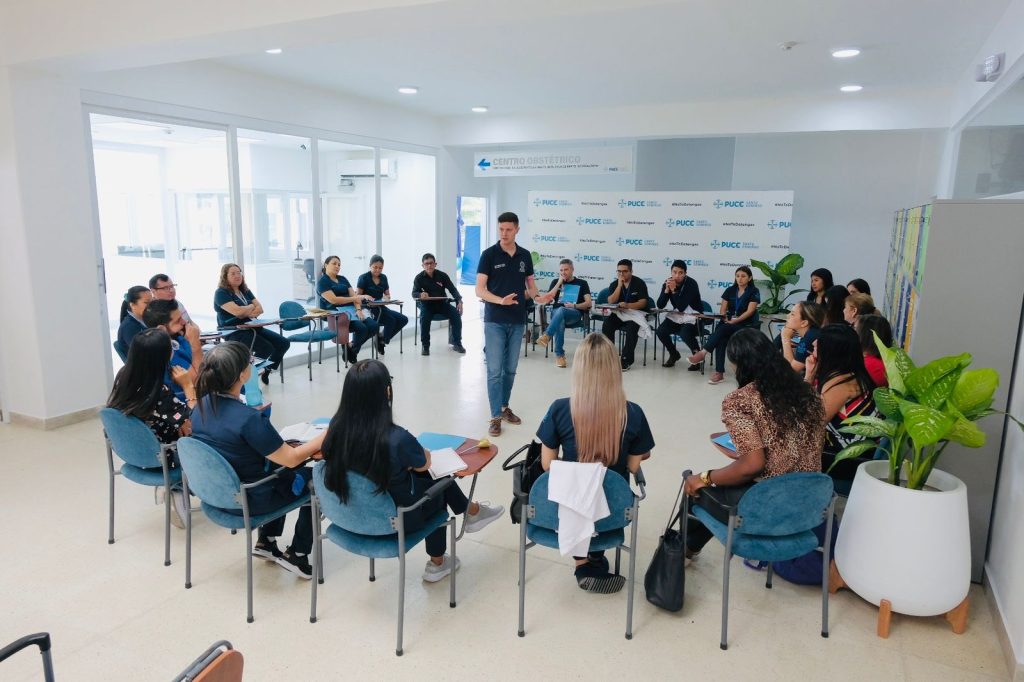
Material resources, audio-visuals and the simulation technician.
The course instructors were not only trained in the methodology of Clinical Simulation, they were also involved in supporting PUCE S. Domingo in both the technical aspects of clinical simulation and in exposing the competencies of the clinical simulation technician, the role and skills needed to find a professional profile to help them start clinical simulation in the innovative clinical simulation centre at PUCE S. Domingo. Knowledge was imparted on how to carry out clinical simulation with both low and high-cost resources. Workshops were held on the use of audiovisual systems (microphones, loudspeakers and cameras), software and simulators. Important concepts were shared on the management and organisation of consumable material resources and healthcare inventories in a simulation centre, as well as moulage and props techniques to make the different clinical scenarios as realistic as possible.
They were shown and were able to see first-hand how important the symbiosis/relationship between the facilitator and the simulation technician is, as essential agents in the experiential process of clinical simulation.
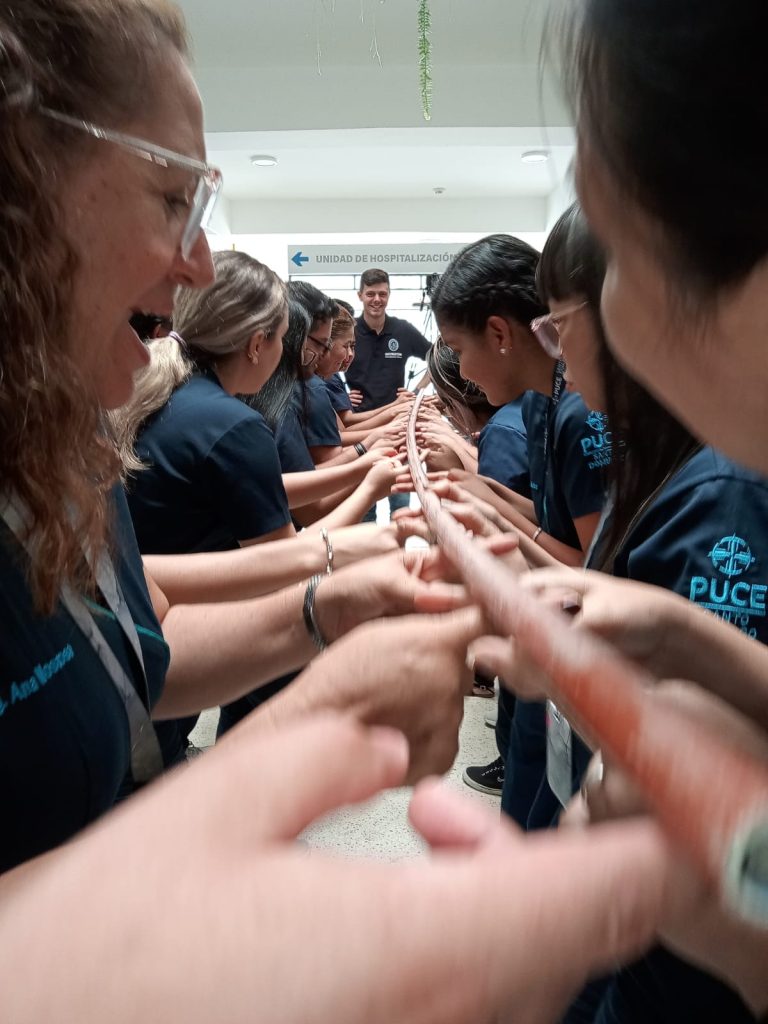
Less is more: let’s not forget the basics!
At the end of the course, the students gave very positive feedback with a common reflection: “We were afraid to handle so many complex material resources. We have learned that simulation can be done anywhere and with very few resources. The important thing is to always keep the learning objective in mind, to work in a safe environment and… less is more”.
Simulation has to be a means to leave knowledge and test/train new situations to protect the patient, to reinforce patient safety, empowering health professionals (or future health professionals). As trainers or facilitators, we cannot afford to forget why we conduct simulations. We must always be clear about the learning objective at the core of the session we are planning and adapt it to the resources we have. We cannot allow ourselves to let more or less modern materials, new technologies or artificial intelligence distract us from the objective. On the contrary: we have to know them and use them well, to reinforce our sessions, because they are very valid resources that capture the attention of those who use them… without forgetting that less is more!
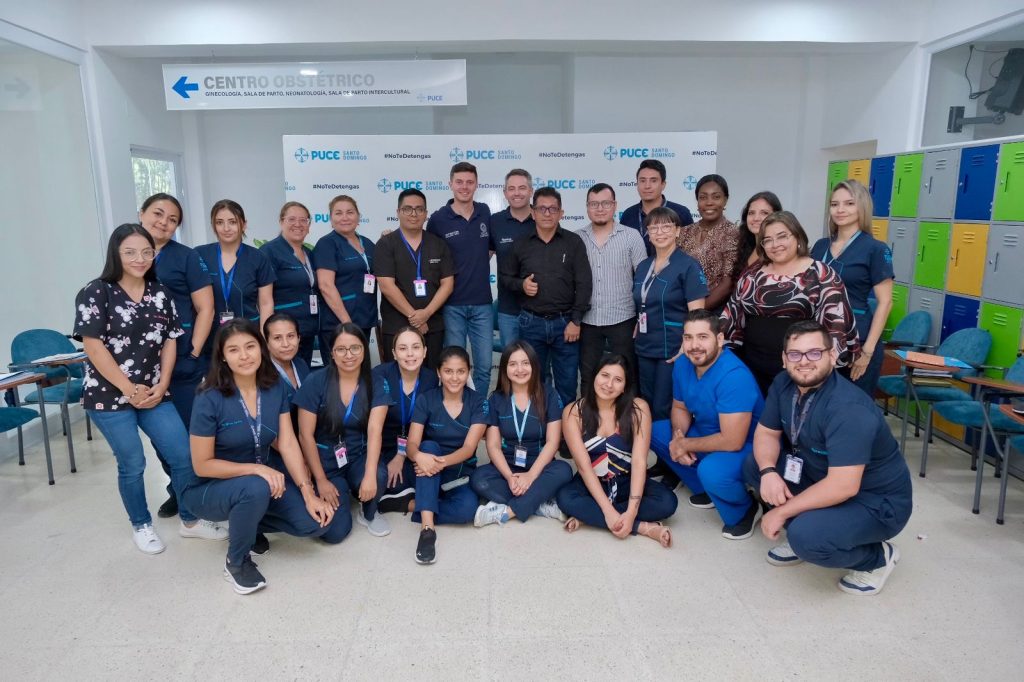
REFERENCES
García-Méndez JA, Díaz-Agea JL, Leal-Costa C, Jiménez-Rodríguez D, Rojo-Rojo A, Fenzi G, Pujalte-Jesús MJ. Simulación clínica 3.0. El futuro de la simulación: el factor grupal. Rev Latinoam Simulacion Clin. 2022; 4(1):29-34. Disponible en: https://doi.org/10.35366/104953
Fenzi G, Reuben AD, Agea JL, Ruipérez TH, Costa CL. Self-learning methodology in simulated environments (MAES©) utilized in hospital settings. Action-research in an Emergency Department in the United Kingdom. Int Emerg Nurse. Marzo de 2022;61:101128. Disponible en: https://doi.org/10.1016/j.ienj.2021.101128
Fenzi G, Díaz-Agea JL, Pethick D, Bertolín-Delgado R, Hernández-Donoso N, Lorente-Corral L. An Undergraduate Interprofessional Experience with Self-Learning Methodology in Simulation Environment (MAES©): A Qualitative Study. Nurs Rep. 23 de junio de 2022;12(3):446-63. Disponible en: https://doi.org/10.3390/nursrep12030043
Trevi R, Chiappinotto S, Palese A, Galazzi A. Virtual Reality for Cardiopulmonary Resuscitation Healthcare Professionals Training: A Systematic Review. J Med Syst. 15 de mayo de 2024;48(1). Disponible en: https://doi.org/10.1007/s10916-024-02063-1
READ ALSO


